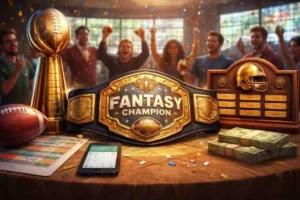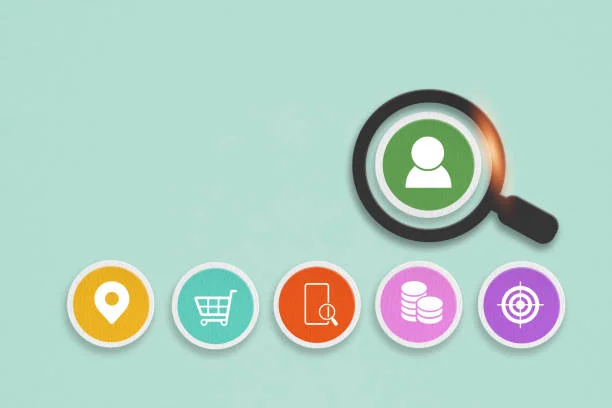Psychological pricing is a strategy that leverages consumer behavior to influence purchasing decisions, often by setting prices in a way that appeals to emotions rather than logic.
This approach is crucial in today’s competitive market, as it enhances the perceived value of products and services, making them more enticing to potential buyers.
By understanding how customers think and feel about pricing, businesses can implement tactics such as charm pricing (e.g., pricing items at $9.99 instead of $10) and bundling products to create a sense of greater value.
These psychological pricing strategies not only attract customers but also significantly boost profitability by encouraging higher sales volumes and fostering customer loyalty, ultimately leading to a stronger bottom line for businesses.
What is Psychological Pricing?
Psychological pricing is a marketing strategy that sets prices in a way that influences consumer perceptions and behaviors, often by exploiting cognitive biases. These marketing strategies tap into the emotional aspects of decision-making, encouraging customers to view prices as more attractive or affordable than they might otherwise perceive.
Examples of How Psychological Pricing Influences Purchasing Decisions
- Charm Pricing: This tactic involves setting prices just below whole numbers (e.g., $19.99 instead of $20). Studies show that consumers are more inclined to purchase items priced with charm pricing due to the perception of getting a better deal.
- Price Anchoring: Businesses often display a higher original price next to a discounted price (e.g., “Was $100, now $79”). This comparison makes the sale price seem more attractive by providing a reference point that highlights savings.
- Bundling: Offering products together at a lower combined price encourages consumers to buy more than they initially intended. For example, a restaurant might offer a meal deal that includes an entrée, drink, and dessert for a single price, which appears as a better value compared to purchasing each item separately.
- Limited-Time Offers: Creating urgency through time-sensitive promotions can prompt immediate purchasing decisions. When customers feel they might miss out on a good deal, they are more likely to act quickly.
Why Psychological Pricing Works?
Psychological pricing is a powerful marketing strategy that leverages human behavior to influence purchasing decisions. By understanding the predictability of consumer behavior, the emotional versus logical decision-making processes, and the benefits of implementing psychological pricing methods, businesses can effectively enhance their sales and profitability.
Human Predictability in Buying Behavior
Consumers often exhibit predictable patterns in their buying behavior, influenced by cognitive biases and emotional responses.
For instance, many shoppers are drawn to prices that are just below whole numbers (e.g., $9.99 instead of $10.00) due to the left-digit effect, where they perceive the price as significantly lower than it is.
This predictability allows businesses to tailor their pricing strategies to align with common consumer tendencies, making it easier to encourage purchases. A survey indicated that 70% of consumers are more likely to make impulse purchases when they perceive a price as a bargain due to psychological pricing tactics, such as charm pricing or promotional discounts. By tapping into these behavioral patterns, companies can create pricing structures that resonate with their target audience and drive sales.
Emotional vs. Logical Decision-Making Processes
When making purchasing decisions, consumers often rely more on emotional reasoning than logical analysis. Emotional triggers can override rational thought; for example, a consumer might feel a sense of urgency when they see a limited-time offer or perceive a product as a “bargain” due to charm pricing.
This emotional engagement is crucial because it can lead to impulsive buying behavior, where customers make purchases based on feelings rather than thorough comparisons or calculations. Understanding this distinction between emotional and logical decision-making helps businesses craft pricing strategies that appeal directly to the emotional side of consumers.
Benefits of Implementing Psychological Pricing Strategies
Implementing psychological pricing strategies offers several advantages for businesses:
- Increased Sales: By creating perceptions of value and affordability through techniques like charm pricing and bundling, businesses can encourage more purchases and higher transaction values.
- Enhanced Customer Experience: Psychological pricing simplifies the buying process by reducing the cognitive load on consumers, making it easier for them to make decisions without complex calculations.
- Competitive Advantage: In a crowded marketplace, psychological pricing can differentiate a brand by creating unique experiences that resonate emotionally with consumers, fostering loyalty and repeat business.
- Cost-Effectiveness: Many pricing strategies are inexpensive and easy to implement, allowing businesses of all sizes to leverage them without significant investment.
Key Psychological Pricing Strategies
Psychological strategies are designed to influence consumer behavior by appealing to their emotions and cognitive biases. Here are some key strategies that businesses can implement to enhance their pricing effectiveness:
1- Charm Pricing
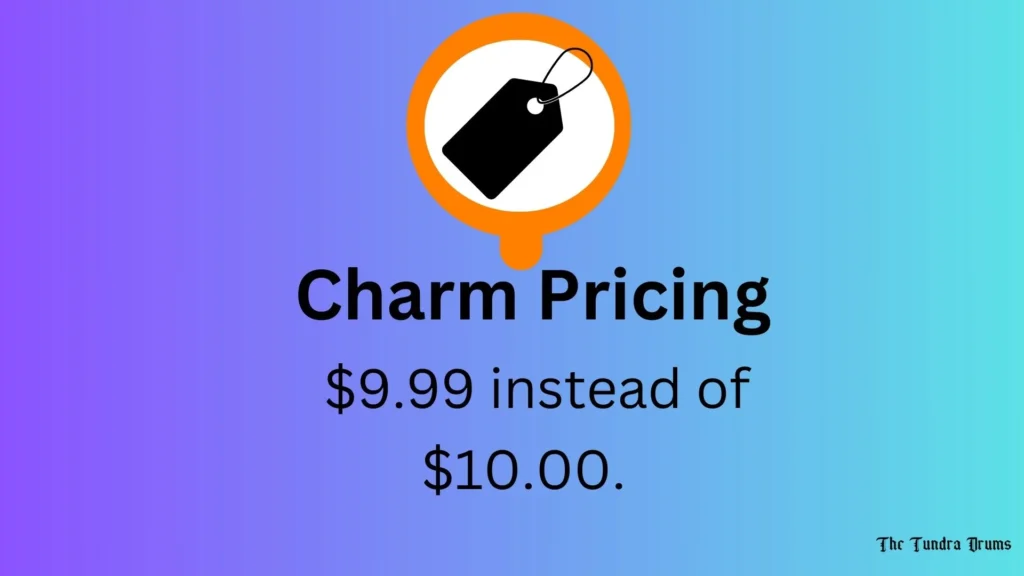
Charm pricing involves setting prices just below a round number, such as $9.99 instead of $10.00. This strategy creates the perception of a better deal, making consumers more likely to make a purchase. For example, a product priced at $39.99 is often perceived as significantly cheaper than one priced at $40.00, despite the negligible difference.
Left-Digit Bias: The left-digit bias refers to the tendency of consumers to focus on the first digit of a price, leading them to interpret prices like $9.99 as being closer to $30 than to $40. This cognitive shortcut can significantly impact purchasing decisions, as consumers may feel they are getting a bargain when they see prices ending in .99 or .95.
2- Price Anchoring
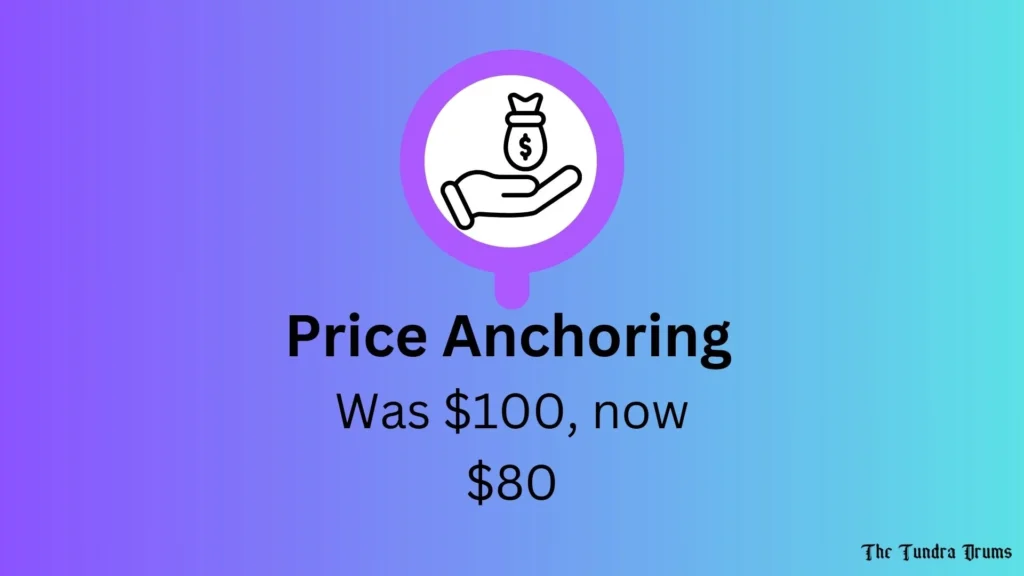
Concept: Price anchoring is a psychological strategy where an initial high price (the anchor) is set for a product or service, creating a reference point for consumers. When a lower price is presented alongside this anchor, it can make the lower-priced option appear more attractive.
Examples of Effective Anchoring: A common example is when retailers display an original price next to a discounted price (e.g., “Was $100, now $80”). This comparison enhances the perceived value of the discount and encourages purchases. Additionally, companies often use tiered pricing models where a premium option makes mid-range products seem like better deals.
3- Decoy Pricing
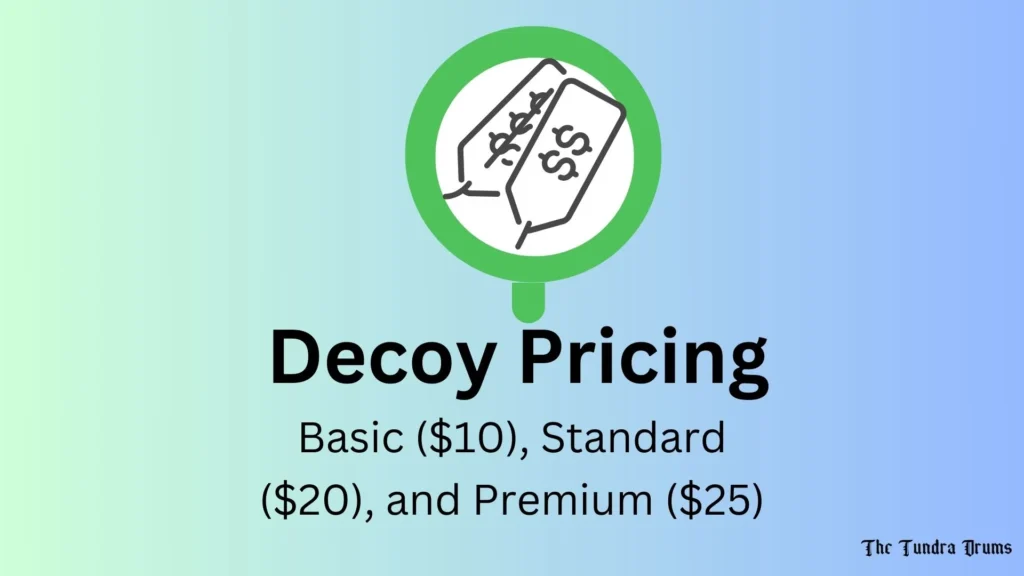
The decoy effect occurs when consumers are presented with three options, where one option (the decoy) is designed to make another option appear more appealing. This strategy guides consumer choices by influencing their perceptions of value.
Case Studies: For instance, a subscription service might offer three plans: Basic ($10), Standard ($20), and Premium ($25). If the Standard plan is perceived as less attractive due to its features compared to the Premium plan, consumers may be more likely to choose Premium simply because it appears to offer better value relative to the decoy.
4- Scarcity and Urgency
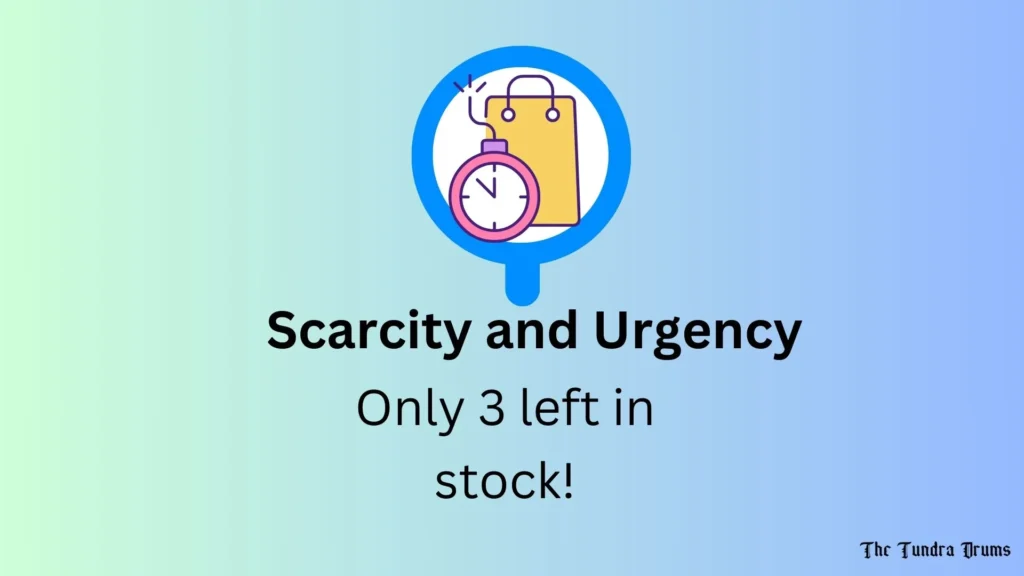
Driving Demand Through Limited Availability: Scarcity refers to the limited availability of products, which can create urgency among consumers. When people believe that an item is scarce or in high demand, they are more likely to act quickly to secure it.
Techniques for Creating Urgency: Businesses can employ various techniques such as countdown timers on websites, limited-time offers, or stating that stock is running low (e.g., “Only 3 left in stock!”) to encourage immediate purchases.
5- Bundling
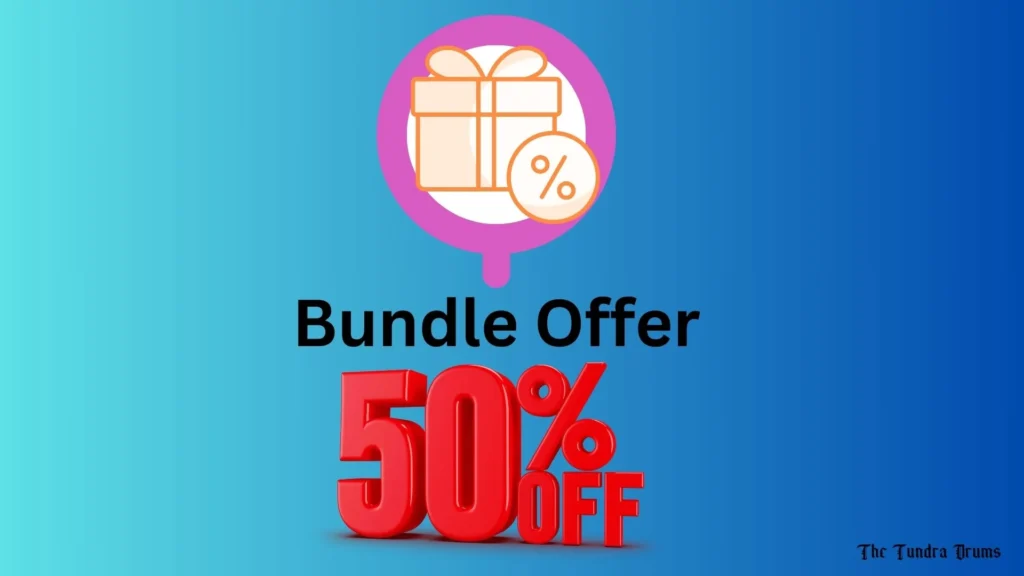
Bundling involves offering multiple products or services together at a discounted rate. This strategy not only simplifies the purchasing process but also enhances perceived value by presenting consumers with savings compared to buying items separately.
Benefits of Perceived Value Through Bundled Offers: Consumers often perceive bundled offers as providing greater value, which can lead to increased sales volumes. For example, fast-food restaurants frequently offer meal deals that combine an entrée, side, and drink for a lower price than if each item were purchased individually.
5- Free Offers and Trials

Effectiveness of Free Trials or Samples: Offering free trials or samples allows consumers to experience a product without any financial commitment. This strategy can significantly reduce barriers to entry and encourage potential customers to try before they buy.
Building Trust and Encouraging Conversions: Free offers help build trust with consumers by allowing them to evaluate the product’s quality and benefits firsthand. Once they have experienced the product’s value, they are more likely to convert into paying customers.
6- Personalization
Tailoring Prices Based on Individual Consumer Data: Personalization involves adjusting prices based on consumer behavior and preferences. By analyzing data such as purchase history and browsing patterns, businesses can create tailored pricing strategies that resonate with individual customers.
Enhancing Customer Engagement Through Personalized Pricing Strategies: Personalized pricing can enhance customer engagement by making offers feel more relevant and appealing. For example, loyal customers might receive exclusive discounts or special offers based on their shopping habits, fostering loyalty and increasing overall sales.
Final Thoughts
The evolving nature of consumer behavior and pricing strategies reflects a profound shift driven by emotional influences and technological advancements. As consumers become increasingly aware of their purchasing motivations, emotions play a pivotal role in decision-making, often overshadowing rational considerations.
Research indicates that emotions such as pride, shame, and guilt significantly impact consumer choices, pushing individuals toward brands that resonate with their feelings and past experiences.
This emotional engagement is crucial; for instance, positive emotions can enhance brand loyalty and increase the likelihood of repeat purchases. Furthermore, the rise of digital marketing has allowed businesses to tailor their pricing strategies more effectively, utilizing psychological pricing techniques like charm pricing and urgency to capture consumer attention.


